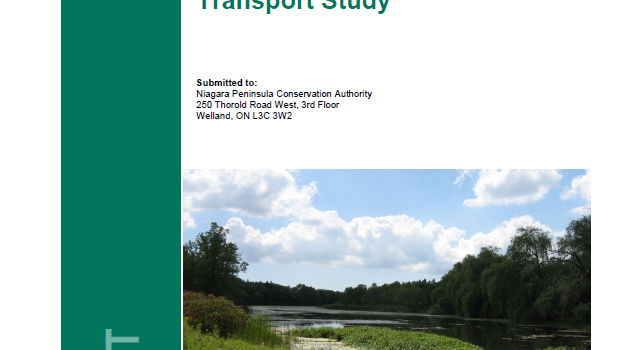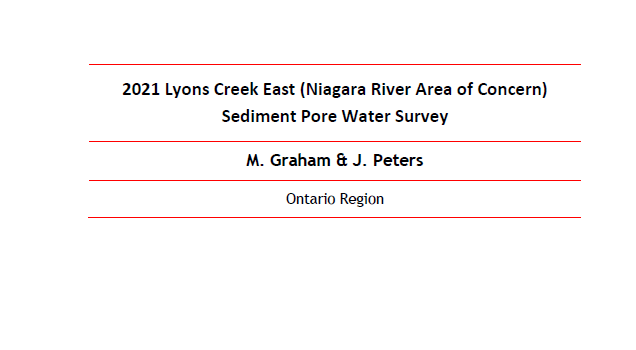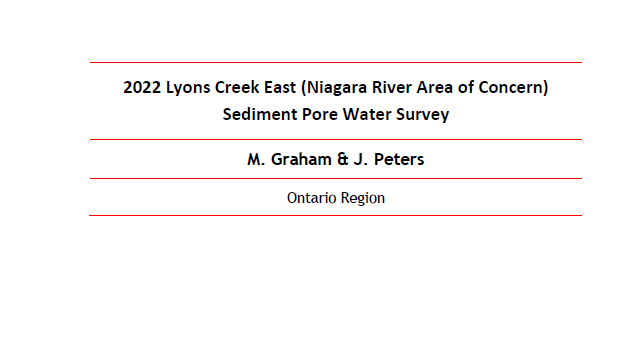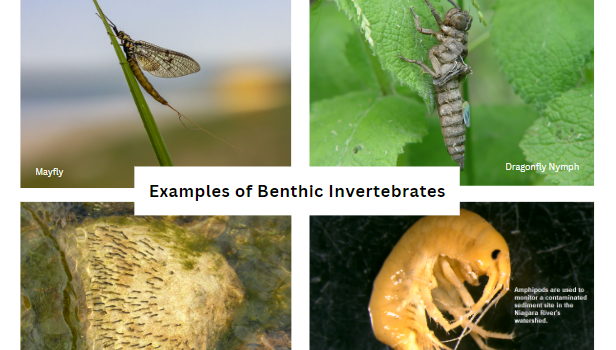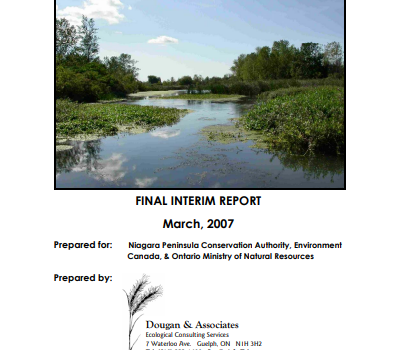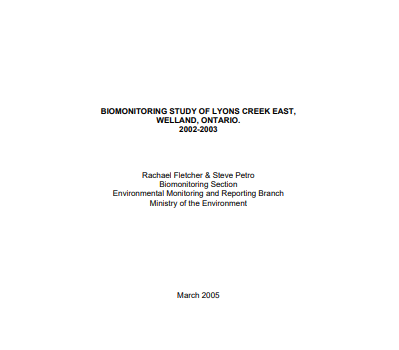July 23rd, 2024
This report provides insight on PCB contamination trends in Lyons Creek East using common snapping turtles (Chelydra serpentina) as a bio-indicator. Prepared by: K.D. Hughes & S.R. de Solla, Ecotoxicology & Wildlife Health Division, Environment & Climate Change Canada, May 15 2024.
January 24th, 2024
This report is a compilation of Ministry of the Environment (MOE) studies on the
Polychlorinated Biphenyl (PCB) and metal contamination of Lyons Creek sediments east of the
Welland Canal.
January 22nd, 2024
Purpose: to (1) quantify the sediment input to LCE, to assess the rate of accumulation, and to predict the period of time required to accumulate given a depth of sediment; and (2) determine the max. flow velocity in the system that could be sustained without re-suspending bottom sediments and potentially exposing PCB contaminated sediment to erosion.
January 22nd, 2024
Prepared by: M. Graham & J. Peters, Great Lakes Areas of Concern Sediment Remediation Unit, Environment and Climate Change Canada, Apr. 21, 2022.
January 22nd, 2024
Prepared by: M. Graham & J. Peters, Great Lakes Areas of Concern Sediment Remediation Unit, Environment and Climate Change Canada, Aug 11 2023.
June 8th, 2023
A series of informational poster boards displayed at the Lyons Creek East Public Information Centre on May 30, 2023.
May 17th, 2023
A detailed inventory of wetland and aquatic features of the Lyons Creek East wetlands. This study incorporated existing background data, remote sensing and field inventories of vascular plants, vegetation communities, breeding amphibians, and breeding birds to catalogue the terrestrial and aquatic resources present, establish baseline conditions, and identify sensitive features and functions.
May 6th, 2020
A joint study was undertaken by Environment and Climate Change Canada, and the Ministry of the Environment, Conservation and Parks to address and document the sediment and water quality in Lyons Creek East.
The study was undertaken in 2 parks; 1. a screening survey to identify areas with elevated PCBs, and 2. a survey that included sediment cores, caged mussels, and fish collections to understand…
February 17th, 2020
Prepared by Lisa Richman, Ontario Ministry of Environment, Conservation and Parks (Nov. 2018).
February 13th, 2020
This report describes sediment and biota quality in Lyons Creek East (Niagara River Area of
Concern) from 2002-2003. Prepared by Danielle Milani and Lee Grapentine, Environment Canada, Aquatic Ecosystem Impacts Research Branch, NWRI Contribution No. 06-414



